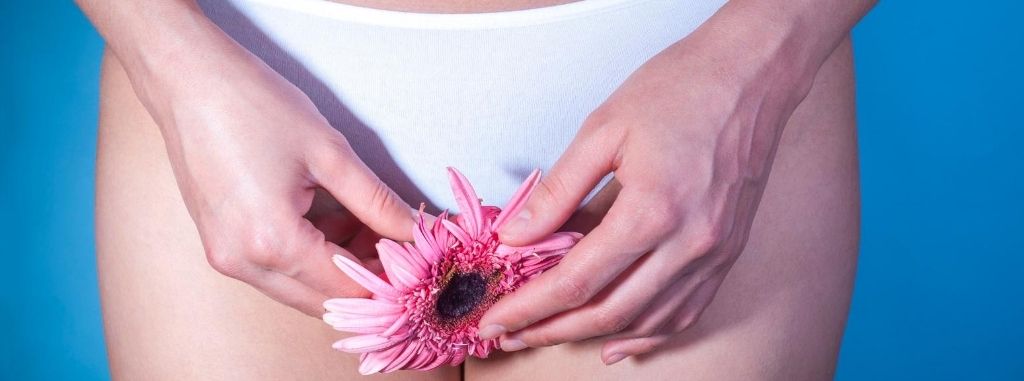Uterine fibroids

Uterine fibroids are the most common types of pelvic tumors in women – it occurs in about 20-50% of women aged 35 to 45. The good news is that after climacteric, they usually disappear (dry out). In most cases, women only find out that they have a fibroid from a gynecological examination combined with an ultrasound examination, as in ¾ of all cases they experience no problems or symptoms at all, especially in the case of smaller tumors. In the remaining ¼ of all women with fibroids, the most common symptoms include excessive menstrual bleeding, spotting between cycles and anaemia. Sometimes it can also be manifested as painful menstruation if its peduncle is incarcerated in the case of submucosal fibroids in the cervix. Pain or pressure in the pelvis may also occur, and fibroids pressing on the bladder may cause frequent urination, painful urination, or even enuresis. They may also cause infertility or repeated miscarriages. Fibroids are tumors formed from the smooth uterine muscle and as such are benign. It has also not yet been shown that they could turn into a malignant stage in the future – only in the case of the very rapid growth of the fibroid, sometimes accompanied by massive bleeding, it is necessary to take into account uterine sarcoma, which is fortunately very rare. All this needs to be known not only for the prognosis of the disease but mainly for the preparation of further treatment. It is not always true that what is cut away can no longer bleed (elsewhere)! To make sure that we do not throw the baby out with the bathwater, it is always necessary to follow common sense and make sure that we do not bleed completely.
How to bleed, but only as necessary? 3 types of fibroids
There are 3 types of fibroids classified by site – submucosal, subserosal and interstitial – see “uterine fibroid picture.” We can see these fibroids through the prism of the theory of clogged gutter: 1. Submucosal fibroids are like a gutter that is clogged from the inside. 2. Interstitial fibroids are like a gutter with a thickened wall. 3. Subserosal fibroids are like a clogged and bulging gutter. Subserosal and interstitial types account for 95% of all fibroids. From the point of view of treatment according to TCM, interstitial (i.e. lodged inside the uterine wall) fibroids are the most easily treatable while submucosal fibroids, located under the mucous membrane of the uterus, are the worst. Subserosal fibroids located on the outside of the uterus are treated the worst and are the riskiest, as they can form adhesions with other organs such as the intestine or the peritoneum – fortunately it occurs in only 5% of all cases. That is why it is so important to determine the fibroid accurately before treatment. Fibroids up to 2 cm in size can be dissolved using Chinese herbal mixtures, diet, and acupuncture, for larger fibroids the treatment is aimed at maintaining their stabilized state so that the fibroid does not hurt and so that there is no bleeding from the uterus until the climacteric, when the fibroid disappears by itself or shrinks in the vast majority of cases. The fibroid is only indicated for operation if it is growing rapidly or hurts or bleeds excessively – it could involve the above-described rare uterine sarcoma (fortunately in 1% of all cases only). As regards fibroid operation, a number of alternative surgeries are still available today: not only complete removal of the uterus, i.e. hysterectomy (the patient may not agree with it).
Just go on cutting
With any such “removal”, one literally loses a piece of one’s self, which in this case is doubly unpleasant for a woman. The uterus is not just a kind of “baby bag”, which is no longer needed after childbirth, as some supporters of hysterectomy often claim. If that were the case, we could gradually lose a lot of our organs without disrupting our body. But every organ has its function and its irreplaceable place in our body, otherwise, we could just go on cutting… According to TCM, the uterus is associated with the pathway of the kidneys, which are the root and essence of our very being, or the alpha and omega of our life. In the case of uterus removal (sometimes also with ovaries, which is even worse), the kidney pathway is weakened after the operation, which in practice most often manifests itself with the following symptoms: 1. increased fatigue and exhaustion, loss of vitality (“drive”) and decreased libido 2. urinary problems, such as dripping or not retaining urine, more frequent urination or repeated urinary tract infections with vaginal candidiasis 3. blunt headaches in the back of the neck and stiff neck muscles. Sometimes there is also mental discomfort, states of hormonal imbalance, such as weight gain (“out of thin air”), varices, hypertension… Just like when someone ties you up at the waist and energy Qi and blood XUE cannot circulate properly and freely. And when an operation is really necessary, it can be performed using the gentle method of myomectomy, which consists in removing only the fibroid while maintaining the uterus. And when a woman has a uterus, she is neither hysterical nor hysteroid, for the body and the soul are always one! There are even gentler methods such as radiological embolization or uterine vessel ligation, which prevent the inflow of blood (and thus nourishment of the fibroids) and the fibroids subsequently shrink, some later disappear on their own, without the need to remove the uterus.
In case of doubt with the choice of herbal products, we recommend TCM Test Tongue Analysis, which is evaluated by Dr. med. Petr Hoffmann and you will receive a recommendation (herbal products and foods) to your e-mail within 3 days.


